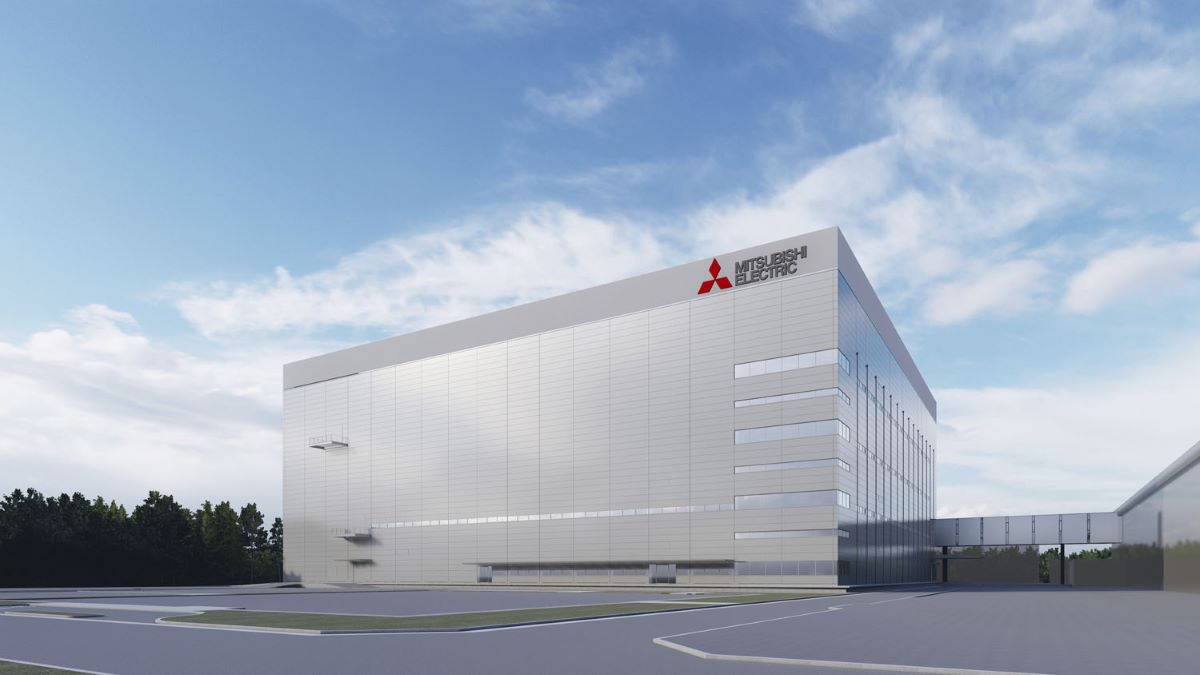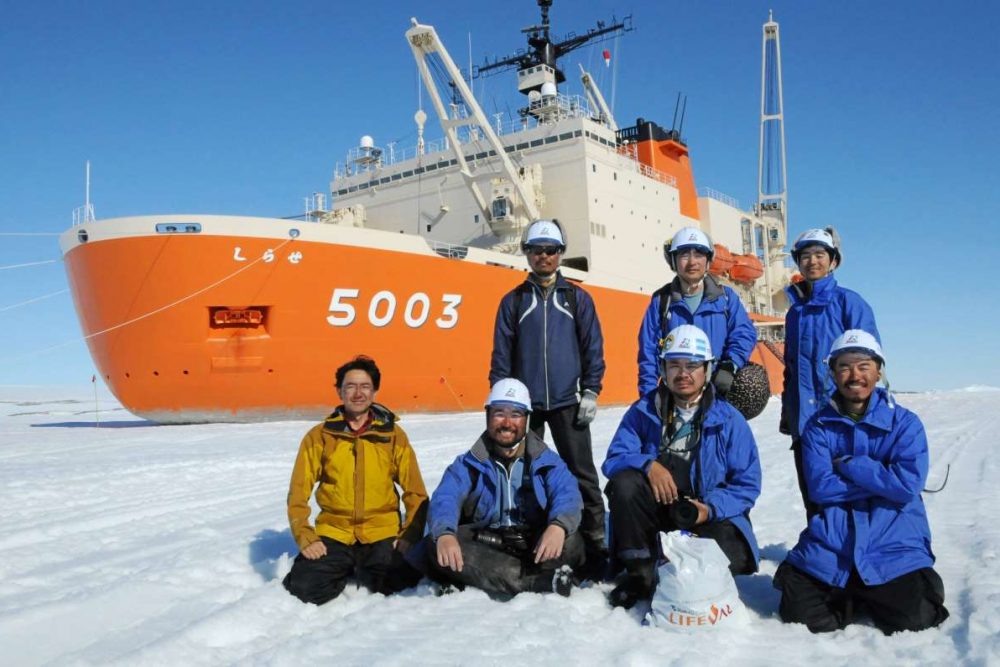Japanese Manufacturers Stepping Up in Energy-Saving Power Semiconductor Market
Manufacturers of power semiconductors are pumping investments into increased production as the market grows exponentially, piggybacking on decarbonization.

このページを 日本語 で読む
The competition is heating up among manufacturers over investments in power semiconductors used to control electric power. Power semiconductors realize energy savings in electric vehicles (EVs), home appliances, and other various devices and equipment. For this reason, they are regarded as key devices for decarbonization.
They are also one of the few semiconductor products for which Japan maintains a competitive edge. Mitsubishi Electric and other companies are stepping up investment to increase production, and the government is supporting this trend by providing subsidies.
Massive Investments by Japanese Companies
Power semiconductors are used to regulate voltage and convert direct current to alternating current to minimize power loss during conversion. Currently, the majority of power semiconductor products use silicon as a substrate material. However, higher-performing silicon carbide (SiC) is expected to replace silicon in the future.
Market research firm Fuji Keizai has forecasted that the global market for power semiconductors will expand to ¥5.35 trillion JPY ($40 bil. USD) in 2030. This is 2.6 times the 2021 level and is attributed to the spread of EVs and renewable energy.
Mitsubishi Electric Corporation announced in March that it will construct a new building for front-end processes to fabricate circuits on SiC substrates at its plant in Kikuchi City of Kumamoto Prefecture. Operation is to begin in April 2026.
Toshiba is also building on to its plant in Nomi City, Ishikawa Prefecture, adding a building for front-end processing. The investment for the first quarter alone of 2024, the target year for production to start, will amount to approximately ¥100 bil. JPY ($740 mil. USD). Meanwhile, Rohm put up a new building at its plant in Chikugo City, Fukuoka Prefecture, in late 2022. Fuji Electric is also investing in increased production in Aomori Prefecture.
Heightening Global Competition
Japan is not the only country investing in increased production – the same can be said for many foreign firms. Germany-based Infineon Technologies, which has been expanding its production scale with corporate acquisitions, is the leading manufacturer. In China, many manufacturers are planning to increase production based on generous government support.
Leaders in the Global Power Semiconductor Market (2022)
| Ranking | Company | Country | Sales revenue (bil. USD) |
|---|---|---|---|
| 1 | Infineon Technologies | Germany | 5.589 |
| 2 | ON Semiconductor | USA | 2.645 |
| 3 | STMicroelectronics | Switzerland | 2.207 |
| 4 | Mitsubishi Electric | Japan | 1.362 |
| 5 | Fuji Electric | Japan | 1.216 |
| 6 | Vishay Intertechnology | USA | 1.071 |
| 7 | Toshiba | Japan | 0.972 |
| 8 | Nexperia | Netherlands | 0.846 |
| 9 | Rohm | Japan | 0.824 |
| 10 | Alpha & Omega Semiconductor | USA | 0.669 |
Kazuhiro Sugiyama, consulting director at UK-based research firm Omdia, sounded a warning. "If Japan doesn't do something while it still has an advantage, it will be tough," he said.
Sensing the crisis, the Ministry of Economy, Trade and Industry (METI) announced subsidies. The government will subsidize one-third of capital investments by manufacturers who are expanding their domestic production on the condition that they continue production for 10 years or more.
Subsidies are intended to encourage restructuring and expansion in the industry. Projects must be over ¥200 bil. JPY ($1.48 bil. USD) in scale to be subsidized.
このページを 日本語 で読む











